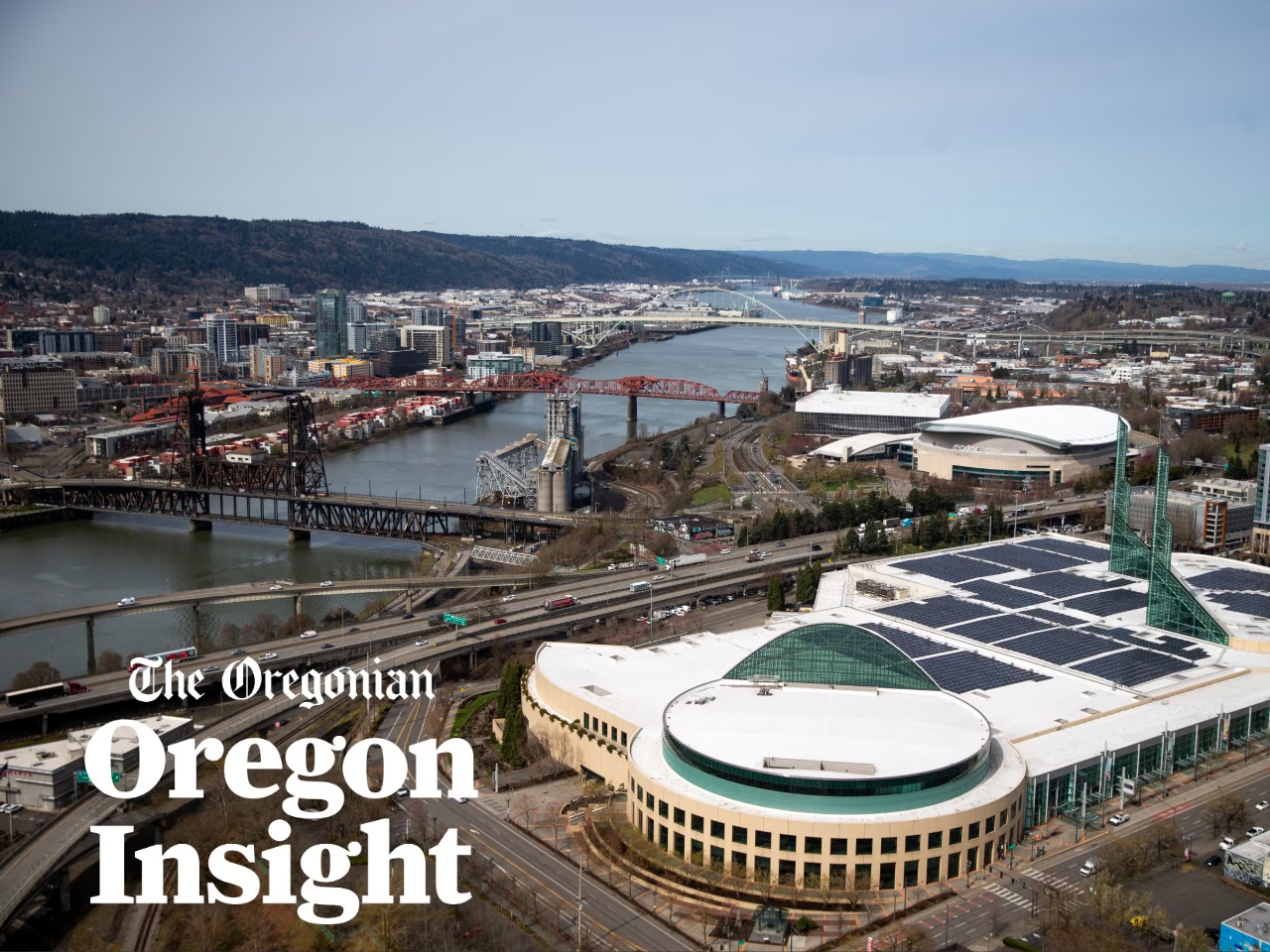PORTLAND, Ore. — Portland’s convention industry has staged a remarkable recovery since the depths of the pandemic, with three strong years of visitor numbers boosting the city’s hotels, restaurants, and downtown businesses. But after steady growth, the city faces a temporary downturn in 2026 before a projected resurgence in the years to follow.
Strong Momentum Since the Pandemic
In 2025, Portland is expected to welcome about 260,000 convention visitors, a figure that surpasses pre-pandemic levels. It will mark the third consecutive year of strong convention traffic, underscoring how far the city has come since COVID-19 shut down large gatherings and devastated the hospitality sector.
Despite this momentum, city officials and tourism leaders warn that the following year will not be as robust.
Also Read
Why 2026 Will See a Decline
Convention business relies on bookings made years in advance, and in 2021 and 2022 Portland was struggling to overcome a series of crises. The aftermath of the 2020 protests, visible homelessness, and a spike in violent crime all contributed to a tarnished national image.
Organizations scheduling events for 2026 looked elsewhere, wary of bringing thousands of visitors to a city that appeared unstable.
“We saw this coming. This is not a surprise to us. We knew the storm was arriving and now it’s here,” said Marcus Hibdon, communications director for Travel Portland, the nonprofit agency that markets the city.
That hesitancy is showing up in the numbers: advance hotel bookings for 2026 conventions are down by about one-third compared to 2025. While Travel Portland anticipates some late bookings will close the gap, a noticeable dip is inevitable.
Signs of Recovery Already Visible
The downturn, however, looks temporary. Local leaders say Portland’s reputation has already improved substantially since those difficult years.
“Some of the reputational things we’d been going through in the past, that’s really fading into the rear-view mirror,” said Jon Hixon, Travel Portland’s vice president of business strategy.
Hixon noted that when national organizations visit Portland today to scout the city as a convention destination, they’re “typically very pleased with what they find.”
Crime in the city has declined sharply over the last two years, though homelessness and public drug use remain challenges. Nonetheless, Portland’s image has stabilized, and that has renewed confidence among convention planners.
Hotels Point to Encouraging Trends
One key indicator of the industry’s recovery is hotel occupancy. Over the past 12 months, occupancy in and around downtown Portland has reached nearly 60%, the highest level since the pandemic began.
Hotel bookings tied to conventions have also surged. In 2021, advance bookings totaled just 54,000 rooms. By 2024, that figure had jumped to more than 330,000 rooms, setting an all-time record for Portland.
These numbers suggest that while 2026 will see a downturn, the longer-term trend is strongly positive.
A Look Ahead
Travel Portland believes the city’s convention business will rebound quickly after the temporary dip. The agency cites the strong recovery of hotel bookings, improving perceptions of safety, and the appeal of Portland’s food, culture, and natural setting as reasons for optimism.
Local businesses that depend on convention traffic are hopeful as well. After surviving pandemic closures and years of uncertainty, they see the potential for conventions to play a central role in revitalizing downtown Portland and sustaining momentum in the hospitality industry.
Conclusion
Portland’s convention sector is heading into a challenging year in 2026, a delayed consequence of the city’s struggles during the pandemic and social unrest. But leaders and data suggest the setback will be short-lived.
With crime down, tourism rebounding, and record hotel bookings on the books for future years, Portland appears poised to move past the shadow of its recent difficulties. For convention planners and the businesses that rely on them, the long-term outlook is one of renewed confidence — and growth.












